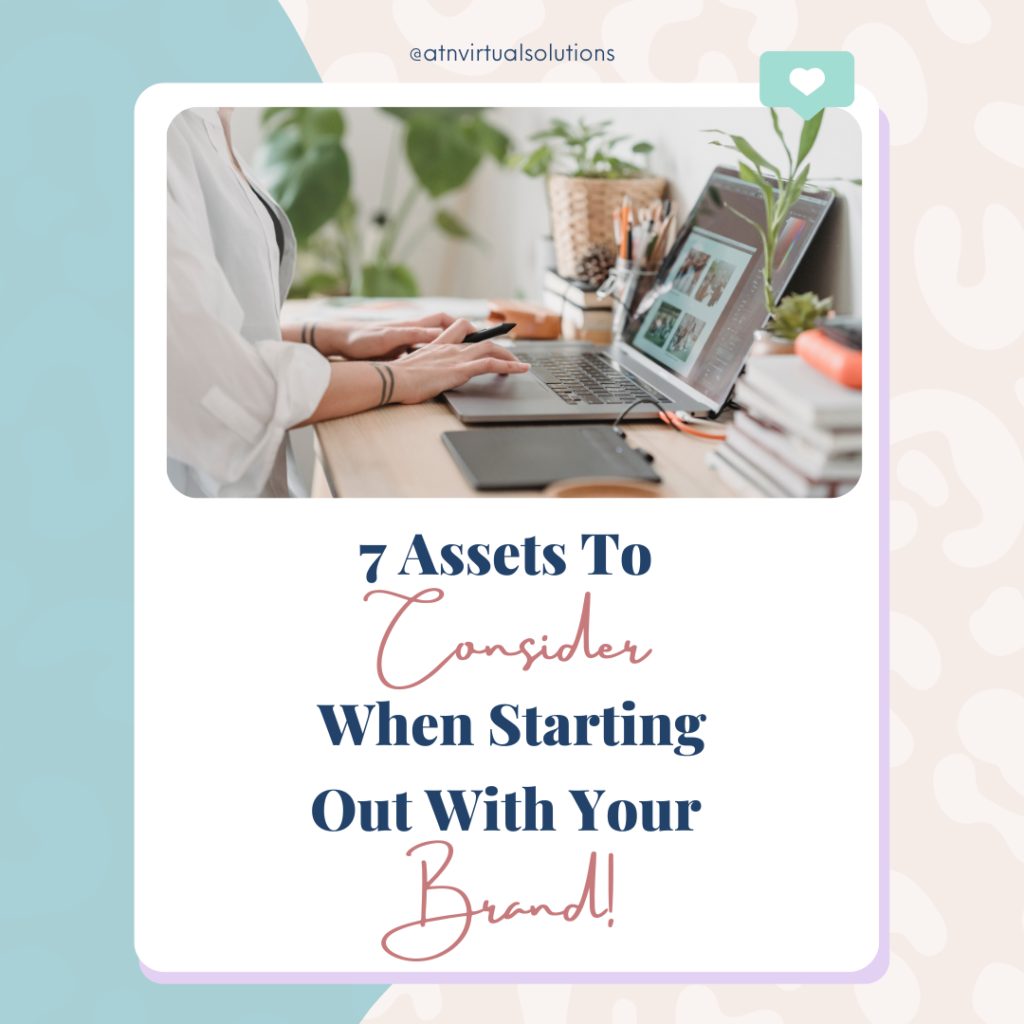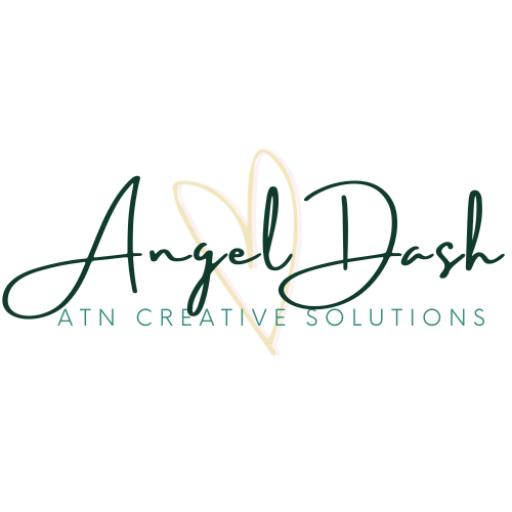Creating an ongoing conversation with your audience that goes beyond what you put on paper.
(You can download Your Ultimate Branding Checklist for free HERE. The go-to checklist for your branding needs, allowing you to continuously support your clients by building your know-like-trust factor.)

What makes up a brand?
The answer is more complex than you might think. A good brand has a distinct identity, messaging, and tone of voice. It has values that are consistent with the company’s mission, and it tells the story of its product in language both casual and professional. A strong brand will meet customers’ needs at every stage of their journey.
1. Brand story
A brand story is the why, how and what of your business. It should be unique to you, but also reflect the values that make up your brand. For example, if you’re a dog breeders’ club with lots of puppies running around all day long, then perhaps it’s time for some fun facts about dogs! Or perhaps there’s an opportunity for humor in telling stories about how rescue organizations have helped save many lives over time—the same way that we might tell stories about our pets’ funny antics!
The goal here is not just to entertain or inform—it’s also important to show off those qualities that make up who you are as a person or organization so others can see them through your eyes (and hopefully want them too).
2. Brand values
Brand values are the qualities that a brand stands for. They’re what you want to express in your business, and they should be consistent with your mission, vision, and purpose. You’ll want to make sure that these values are clear and concise—it’s important that they’re easy to understand so people can relate them to their experiences with the brand.
One way to ensure authenticity is by staying true not only to those words but also their meaning: if something doesn’t sound right when translated into another language (say French), then it might not feel right either!
3. Brand boundaries
Brand boundaries are the things that make up your brand. They can include:
- Established expectations and roles – “I” statements that describe who you are as a company, who we are as individuals in our roles at work and what we do for you.
- Rules & responsibilities – these should be clear enough for people to understand how they fit into the bigger picture but not so strict as to cause confusion or resentment if broken.
4. Brand language and Brand Personality
Brand language is the way you talk about your brand. It’s how people perceive or understand your brand, which can be communicated through words, images and other things that are part of the product or service.
Brand personality is how your customers feel when they think about using products or services from your company. A strong brand personality makes it easier for consumers to identify with your company and its message; this makes them more likely to choose to buy your products over those of other companies.
A well-established brand will have an established set of guidelines for communicating its identity through words—including what words should be used in advertisements and marketing materials—and will use these guidelines consistently across all channels where possible (including online).
5. Brand Balance
Brand balance is about finding the right mix of elements for your brand. It’s a balancing act between logic and emotion, where you connect with your customers on an emotional level but explain the reason [logic] that they need your item.
Brand balance comes down to knowing how to do two things:
Understand why people buy from you—and how they’re feeling when they do so.
This can be done by observing them in action or listening closely when speaking with them face-to-face or over email/phone calls/texts; then writing down what you observed or heard during these interactions so as not miss anything important (e.g., “I saw him smile when I handed him his package before we left our store together,” etc.). You should also try asking questions about their buying habits if possible—for example: “Why did it take three months before purchasing this product?”
6. Brand Colors
Brand colors are one of the most important aspects of a brand’s identity. The colors you choose should be consistent with your brand values, and they should also stand out in a crowd.
As you’re brainstorming ideas for your color palette, ask yourself:
- Is this an obvious color? If so, try adding some contrast by using it in combination with another shade of the same hue (e.g., orange on blue). Or use two different hues altogether—for example, orange and yellow could work well together!
- How easy is it to find this hue online? Are there other brands already using this hue as part of their branding scheme? If so, how does yours compare?
7. Font Palette
Fonts are an essential element of a brand’s visual identity. They’re what make up a logo, and they’re also used in many other aspects of branding, including packaging and advertising. Each font plays an important part in the overall look and feel of your brand; it’s crucial that you choose fonts that reflect your company’s personality and tone while still being easy to read at small sizes on mobile devices.
For example: if you want your business’ website or social media pages to be bright and fun—like a comic book—then go with something like Comic Sans MS (which was created by Vincent Connare for Microsoft). If instead, you want something more serious but still friendly-looking, go with something like Gotham Text Neue which has been used by the New York City subway system since 2014 due to its clean look. This also makes it ideal for use on digital platforms such as Facebook where users expect clarity above all else!
A good brand focuses on...
- Identity
- Consistent messaging
- And qualities that customers can identify with.
Branding is a crucial part of the marketing process. It’s not just about creating a logo and slapping it on your product packaging—it’s an ongoing conversation with your audience that goes beyond what you put on paper. Branding is about building trust and understanding with customers, so they can feel like they know what to expect from your company every time they interact with it in any way shape, or form (online or offline).
If you take anything away from this blog post, let it be this: Focus on your identity, messaging, and qualities of your brand that set you above the rest. This will ensure that you have a great foundation for your business.
(You can download Your Ultimate Branding Checklist for free HERE. The go-to checklist for your branding needs, allowing you to continuously support your clients by building your know-like-trust factor.)
